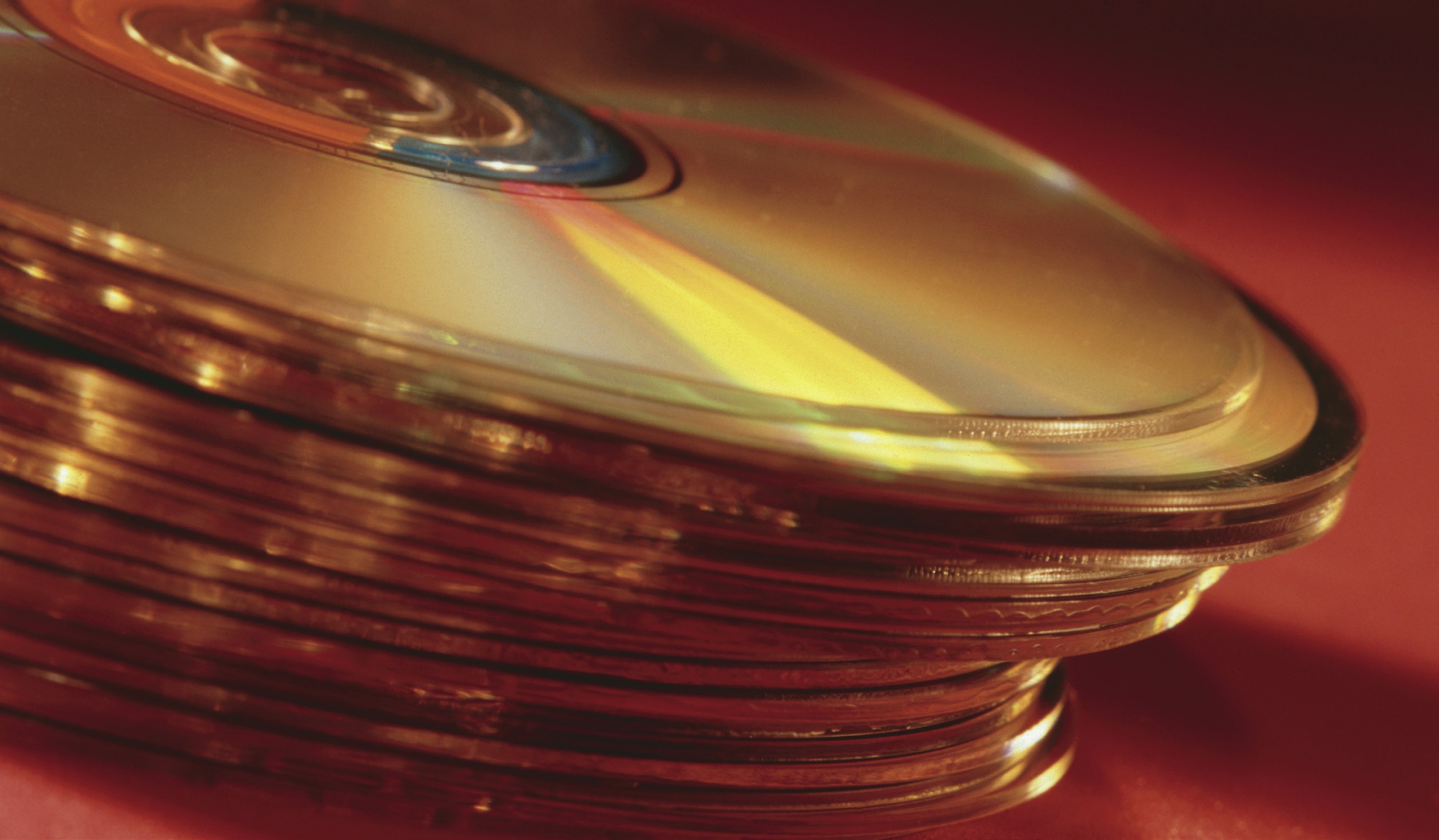
This issue’s Lab Page (pp. 7–9) shows how you can use a spectroscope to examine the emission spectra produced during flame tests. Here you can learn how to make your own spectroscope with a few household items.
A simple spectroscope consists of a thin slit and an optical element to split the light. The optical element is often a prism, but we will use a diffraction grating, which is a series of finely spaced parallel slits or grooves on glass, metal or plastic. When white light hits the grating, each of the wavelengths that make up the beam are diffracted in different directions (dispersed), resulting in a spectrum (Figure 1).
Your organisation does not have access to this article.
Sign up today to give your students the edge they need to achieve their best grades with subject expertise
Subscribe




